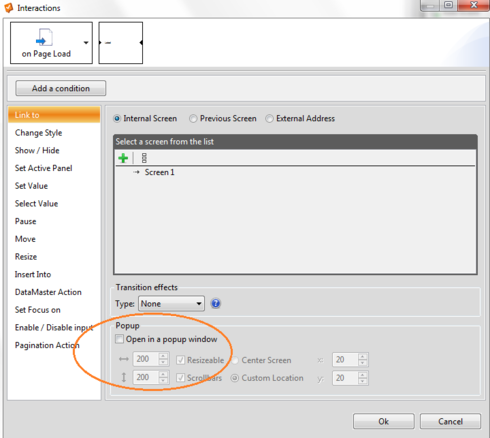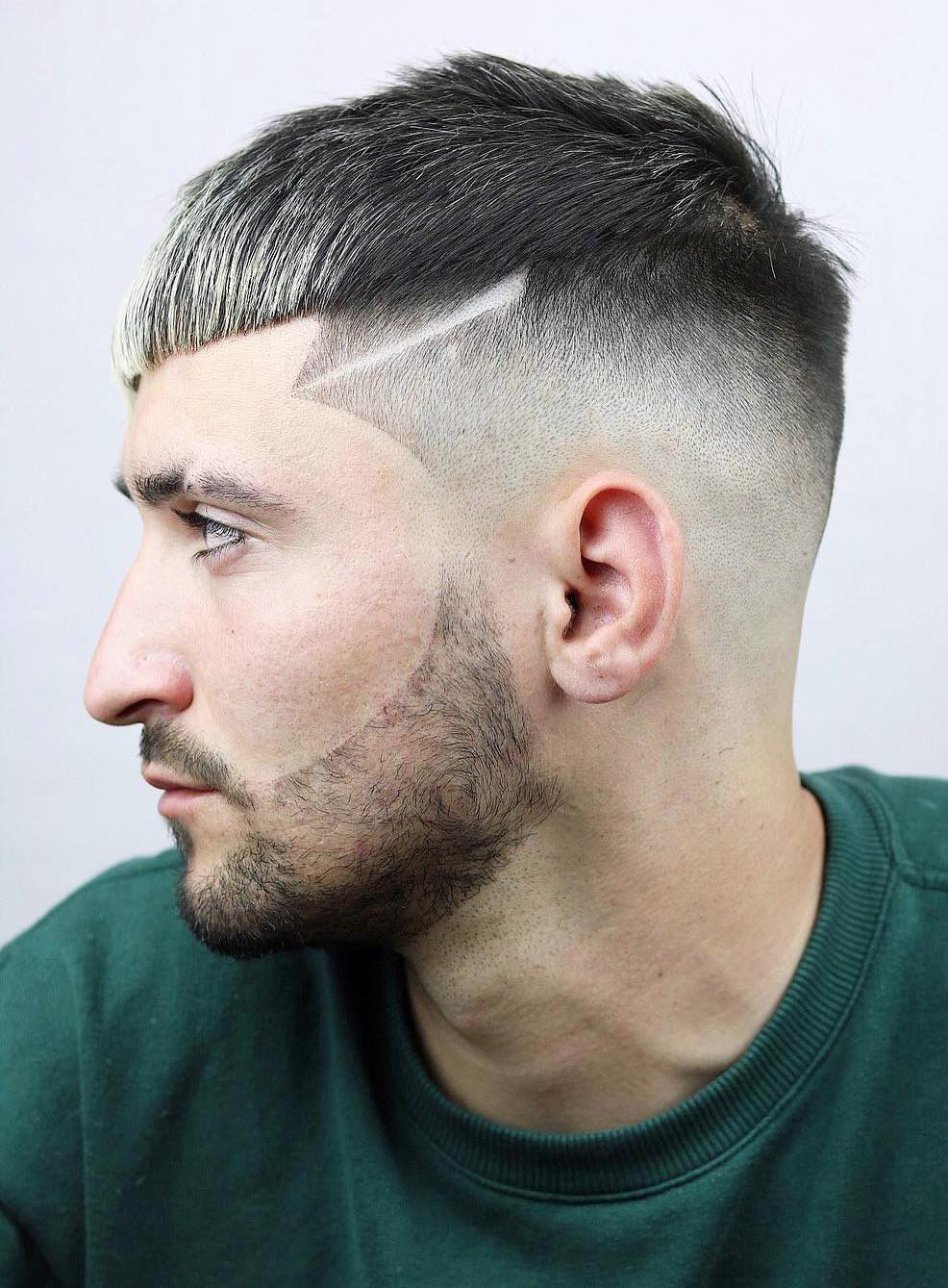
- #Fade up with slider justinmind license
- #Fade up with slider justinmind download
- #Fade up with slider justinmind free
3 types of navigation controls (thumbnail mode, hover thumbnails with buttons & buttons only) with auto hide feature.Unlimited types of usage (image slider, image slider with text, content slider, video gallery slider, mixed content slider, etc…).
 Tons of (mostly unique) features (auto-play and auto-preview images for YouTube and Vimeo videos, auto-pause slideshow if videos are playing, pause on hover, image preload, loops, linking sublayers to another layer or to any url, yourLogo feature with link, deep-linking, random start, random-slideshow, etc.). Smart resizing and repositioning image, video and also text sublayers in responsive modes including font-sizes, line-heights, etc.) 5 displaying modes (normal, responsive, full-width, full-width + responsive & full-width + responsiveUnder. Transition gallery and option to create your own custom transitions!. Over 200 breathtaking 2D & 3D hardware accelerated transitions with transition gallery!. LayerSlider is the most advanced Responsive jQuery Slider Plugin with the famous Parallax Effect and 3D Transitions! You can use LayerSlider to create a breathtaking Image Slideshow, Banner Rotator or Content Slider to your site! Features If you don’t want to place a link, purchase them for $199 per set.
Tons of (mostly unique) features (auto-play and auto-preview images for YouTube and Vimeo videos, auto-pause slideshow if videos are playing, pause on hover, image preload, loops, linking sublayers to another layer or to any url, yourLogo feature with link, deep-linking, random start, random-slideshow, etc.). Smart resizing and repositioning image, video and also text sublayers in responsive modes including font-sizes, line-heights, etc.) 5 displaying modes (normal, responsive, full-width, full-width + responsive & full-width + responsiveUnder. Transition gallery and option to create your own custom transitions!. Over 200 breathtaking 2D & 3D hardware accelerated transitions with transition gallery!. LayerSlider is the most advanced Responsive jQuery Slider Plugin with the famous Parallax Effect and 3D Transitions! You can use LayerSlider to create a breathtaking Image Slideshow, Banner Rotator or Content Slider to your site! Features If you don’t want to place a link, purchase them for $199 per set. #Fade up with slider justinmind free
It means the icons are free for personal use and also free for commercial use, but we require linking to our web site.
#Fade up with slider justinmind license
Nothing in this license impairs or restricts the author’s moral rights. The best way to do this is with a link to the web page.Īny of the above conditions can be waived if you get permission from the copyright holder. You may not alter, transform, or build upon this work.įor any reuse or distribution, you must make clear to others the license terms of this work. You must attribute the work in the manner specified by the author or licensor (but not in any way that suggests that they endorse you or your use of the work). You are free: to Share - to copy, distribute and transmit the work under the following conditions:Īttribution. These icons are distributed under a Creative Commons Attribution-No Derivative Works 3.0 Unported License. Some information from the site as follows
#Fade up with slider justinmind download
With this post, I would like to introduce you to a website link where you can free of charge download Icon packs for your development works, they have hundreds of packs in different collections, all you have to do is to select the right one and download it to your Computer. You can further get information and ideas from this website URL bellow, Use this feedback to make any final tweaks and adjustments to the moodboard. Share and gather feedback: Share your moodboard with stakeholders and team members, and gather feedback.

Remove any elements that don’t fit or aren’t necessary, and add new elements if needed. Refine and edit: Once you have your initial moodboard created, take some time to review it and refine it.You can use different layouts and design principles to achieve this.
 Organize the elements: Arrange the images, colors, and other design elements in a way that makes sense and visually communicates the intended mood and style. You can create a physical collage using magazines and glue, or you can use a digital tool like Canva or Figma to create a digital moodboard. Choose a format: Decide on the format for your moodboard. You can collect these from a variety of sources, including stock photo sites, Pinterest, or your own personal library of images. Collect inspiration: Gather images, colors, typography, and other design elements that you feel capture the mood and style you want to convey for the website. This will help you choose the right images, colors, and other design elements that will appeal to the audience and align with the project goals. Define the purpose and audience: Before you start creating a moodboard, it’s important to understand the purpose of the design project and the target audience. The key is to gather a collection of images and design elements that capture the desired mood and style for the website Some easy steps to create a Moodboard Website moodboards can be created using a variety of tools, including physical collages, digital tools like Canva or Figma, or even Pinterest boards. It can also serve as a reference for designers as they create mockups and design elements for the website. The purpose of a website moodboard is to establish a visual direction for the website design and to ensure that all stakeholders involved in the project are aligned on the design aesthetic. It typically includes a collection of images, colors, typography, and other design elements that help to convey the intended look and feel of the website. A website moodboard is a visual representation of the overall design direction and aesthetic for a website.
Organize the elements: Arrange the images, colors, and other design elements in a way that makes sense and visually communicates the intended mood and style. You can create a physical collage using magazines and glue, or you can use a digital tool like Canva or Figma to create a digital moodboard. Choose a format: Decide on the format for your moodboard. You can collect these from a variety of sources, including stock photo sites, Pinterest, or your own personal library of images. Collect inspiration: Gather images, colors, typography, and other design elements that you feel capture the mood and style you want to convey for the website. This will help you choose the right images, colors, and other design elements that will appeal to the audience and align with the project goals. Define the purpose and audience: Before you start creating a moodboard, it’s important to understand the purpose of the design project and the target audience. The key is to gather a collection of images and design elements that capture the desired mood and style for the website Some easy steps to create a Moodboard Website moodboards can be created using a variety of tools, including physical collages, digital tools like Canva or Figma, or even Pinterest boards. It can also serve as a reference for designers as they create mockups and design elements for the website. The purpose of a website moodboard is to establish a visual direction for the website design and to ensure that all stakeholders involved in the project are aligned on the design aesthetic. It typically includes a collection of images, colors, typography, and other design elements that help to convey the intended look and feel of the website. A website moodboard is a visual representation of the overall design direction and aesthetic for a website.







 0 kommentar(er)
0 kommentar(er)
